Welcome to the latest edition of “workout Wednesday” when each week I share a new running workout or strength training for runners exercises. This week we are discussing the essential strength training exercises for runners, the reasons they are beneficial to your performance and running health. You can choose an exercise or two from each category to build your strength training for runners program.
Learn how to develop your program to avoid burnout, overtraining, and injury, how to keep progressing the exercises for better results, and how to determine how much rest you need.
Always warm up before a workout with dynamic stretching, mobility exercises, exercise specific warm-up sets or foam rolling. By prepping your body for the upcoming workout, you’ll perform better and reduce the chance of an injury.
CHOOSE YOUR STRENGTH TRAINING FOR RUNNERS EXERCISES
Strength training for runners look very different than strength training for bodybuilding. Runners need to build running-specific strength to improve in the sport. I’ve included examples of the types of exercises that are most effective for running performance and injury prevention. Choose one or two exercises from each category.
GLUTE, HAMSTRING, QUAD BILATERAL STRENGTH
Strong glutes, hamstrings, and quads will give you the strength to run faster and longer, as they are same muscles you use to run. Muscles stabilize the joints, so developed muscles around the joint help prevent joint injuries.
DEADLIFTS
SQUATS
HIP THRUSTERS
SINGLE LEG INDEPENDENT STRENGTH AND BALANCE
When you run through the gait cycle, you land and balance on one leg before repeating on the other leg. Single leg strength and balance exercises can directly improve your running ability and help with injury prevention.
SINGLE LEG DEADLIFT
SINGLE LEG BENCH SQUAT
LUNGES
BULGARIAN SPLIT SQUAT
GLUTEUS MEDIUS, ADDUCTORS/LATERAL STRENGTH
When you run you move in one plane of motion, the sagittal plane, which is forward (and technically backward). If you don’t deliberately strengthen the muscles in the frontal plane; side to side or lateral movements, you may develop muscle imbalances that can lead to injury. If you only have time to do a couple of exercises, make these movements the priority, they are probably the most important for runners.
BANDED LATERAL SQUATS
SIDE LUNGE
CORE STRENGTH AND ROTATIONAL POWER
A strong core is essential to maintain running form, especially on long runs. Strengthening the core and developing rotational power is necessary for runners to maintain balanced strength throughout the body.
LIFT AND CHOP
PLANK TO SIDE PLANK
PLANK WITH SHOULDER TAPS
BACK/SHOULDERS/CHEST STRENGTH
Strong back muscles keep your upright with a proper running form once you get tired. If your back is weak, you’ll sacrifice form and risk an injury if your body hunches over from fatigue. Strong shoulders, chest, and back improve your arm drive which powers your stride.
SINGLE ARM KNEELING OVERHEAD PRESS
BENT OVER ROWS
HIGH PULLS
PUSH UPS
CHOOSE YOUR EQUIPMENT
You can adapt these exercises to use nearly any form of resistance from a barbell, a kettlebell, dumbbells, or resistance bands. I demonstrated most of these exercises with dumbbells as they are most accessible. Try these exercises with different equipment to feel the difference, choose the ones you prefer, if you enjoy your workout, you’re more likely to stick to it.
CHOOSE YOUR WEIGHT
Choose a weight that you can lift for the exercise between eight and twelve reps. If you can easily complete twelve reps and feel like you continue to 15-20 reps, then increase the weight and lower the reps. The weight should feel challenging but achievable in the eight-twelve rep range. If you can’t perform eight reps with perfect form, choose a lower weight to complete the exercise.
It’s also important to note that the weight will change depending on the exercise. The back and glutes are big muscles, so you likely will be able to use heavier weights with these exercises than you can for exercises that work smaller muscles, like the single arm overhead press.
CHOOSE YOUR SETS AND REPS
Rep = Repetitions, the number of times you lift and lower the weight in succession without rest
Set = The number of groups of reps. If you complete 12 repetitions, that is one set. If you perform 12 reps then rest, then perform another 12 reps, that is two sets.
Rest = Thirty seconds to two minutes between sets.
If you’re new to strength training start with one set of each exercise in the 8-12 rep range, one or two days a week. In a week or two progress by adding another set of 8-12, then a few weeks later add a third. If you start with three sets from zero, it will likely be too much, which can negatively impact your training days and set you back if you’re too sore to run over the next several days. Excessively sore muscles do not equal a good workout and may be a sign you overtrained. Mild soreness is normal when performing new exercises 24-48 hours post-workout.
Starting small and building over time the safest, the most sustainable —and enjoyable way to go. If you overdo it on the first workout, you’ll be too sore to workout again for a week. You have all the time in the world to do it right; you don’t get better results by doing more.
HOW TO PROGRESS TO KEEP GETTING STRONGER
To progress, avoid plateaus, and get stronger you need to provide new stimulus for growth in your workouts. If you do the same exercises with the same reps, the same weights, and the same sets, month after month, your progress will stall.
Once you build to three sets of each exercise as described above, try to increase either weight or the reps each week, even if by just a couple of pounds or a couple of reps. Don’t rush progress, but try to squeeze out an extra rep or a few extra pounds on each exercise each week where applicable.
BUILD IN REST DAYS
Most athletes need at least one full rest day per week. The amount of rest you need varies depending on how long you’ve been training (newer athlete needs more), your age (older usually needs more), the volume and intensity of training (more volume and intensity most likely requires more rest) and your genetics (genetically gifted need less rest — those jerks).
It can be challenging when trying to marry a running program with a strength training program in the same week. I usually allow complete rest days after a long run or a high-intensity workout. I pair moderate intensity (short) runs with moderate intensity short strength workouts. i.e., 20-30 minutes of a tempo run with 30 minutes of full-body strength training. I allow a day or two of low-intensity easy runs or walks for an active recovery. It may take some experimenting to find out what works for you. Listen to your body to know how to proceed.
SIGNS YOU NEED A REST DAY (OR WEEK)
Lack of energy
Foggy brain over several days
Sick more often
Elevated resting heart rate
Prolonged soreness, aches, and pain in the muscles and/or the joints
Unable to fall or stay asleep (poor sleep quality)
A deload week of low-intensity activities like walking, stretching, mobility exercises, and foam rolling can help restore your body so you can come back strong.
EXAMPLE OF A TRAINING WEEK
Monday: 20-30 minute tempo run, 20-30 minute strength training
Tuesday: rest day or active recovery with low-intensity activities
Wednesday Hill or interval training under 30 minutes (optional 30 minutes strength training)
Thursday: rest day or active recovery with low-intensity activities
Friday: 30 minute recovery run, 30-minute strength training
Saturday: long run
Sunday: complete rest except for walking if desired
Are you ready to build your strength training for runners program? Let me know how it goes or if you have any questions. Need help from a coach? I can help you with one on one personal training in Fort Worth (limited availability) or with a customized program delivered online specifically built to your experience, abilities, goals, and preferences. Online coaching includes weekly phone check-ins, nutrition diary assessment, a running schedule and strength training program. I’d be happy to help.
Did you like this post? Do you know someone who might benefit? It helps me when you share with your friends and followers on Facebook, Twitter or Pinterest.
Questions? I’d love to help.



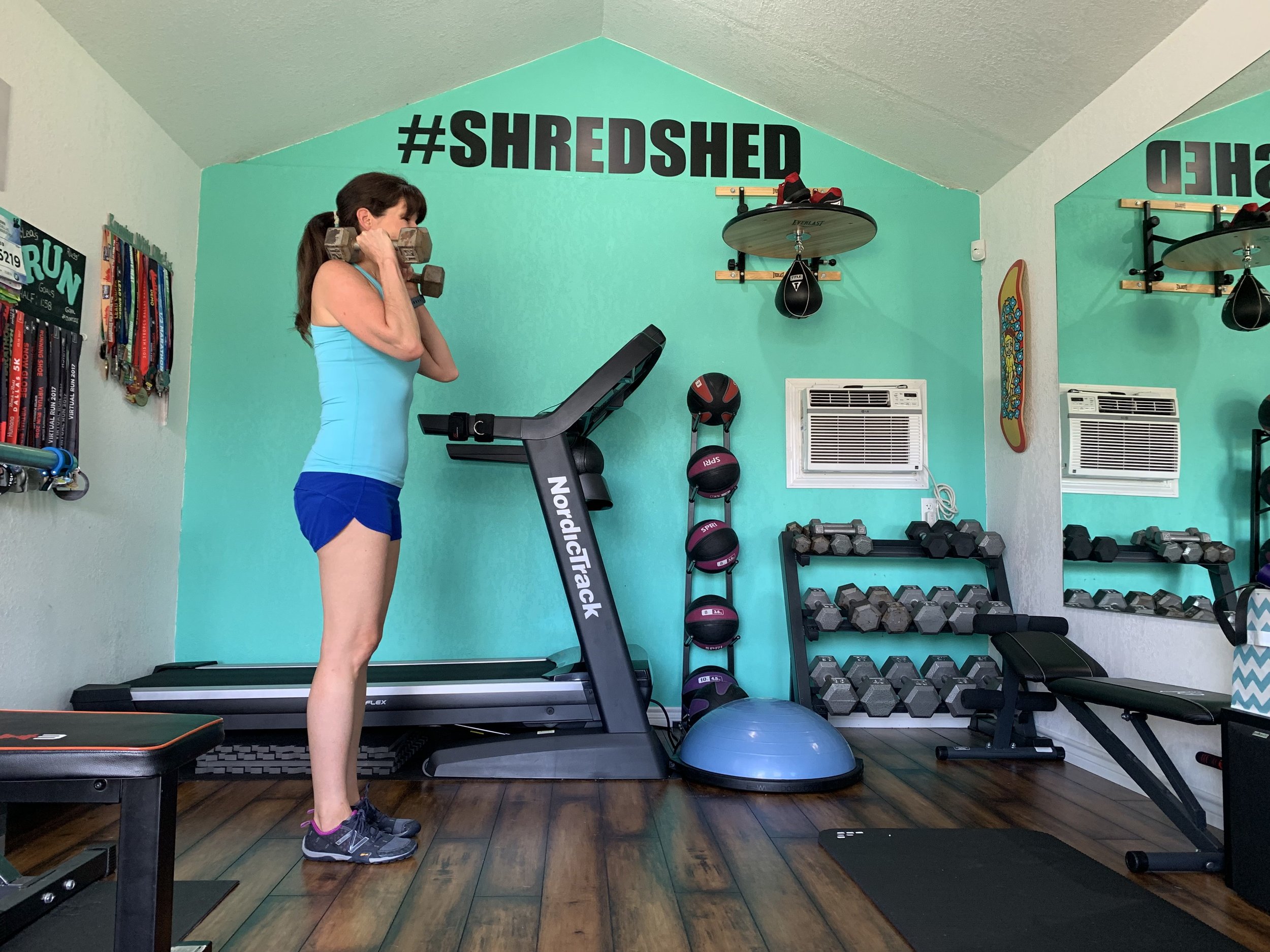









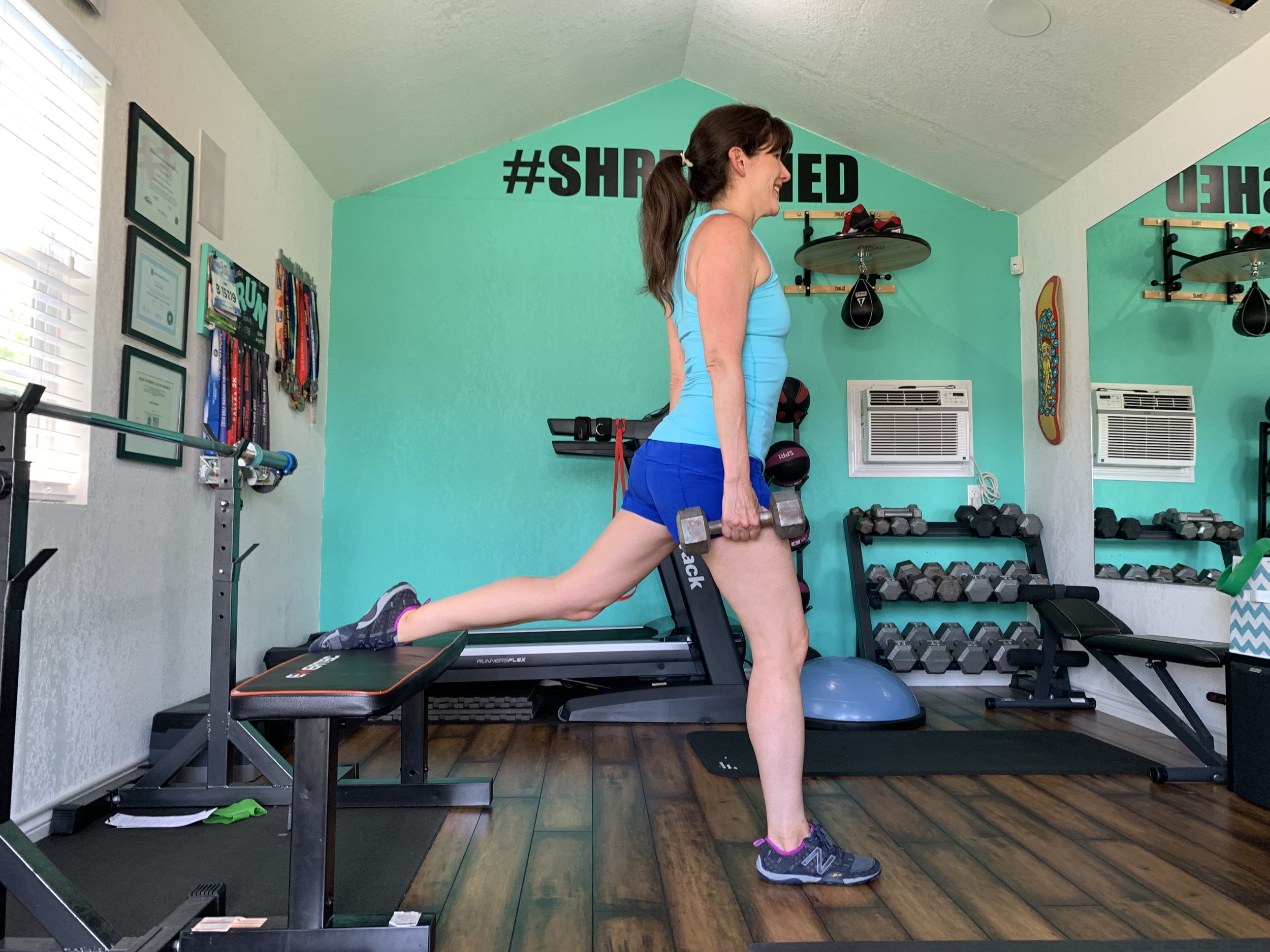

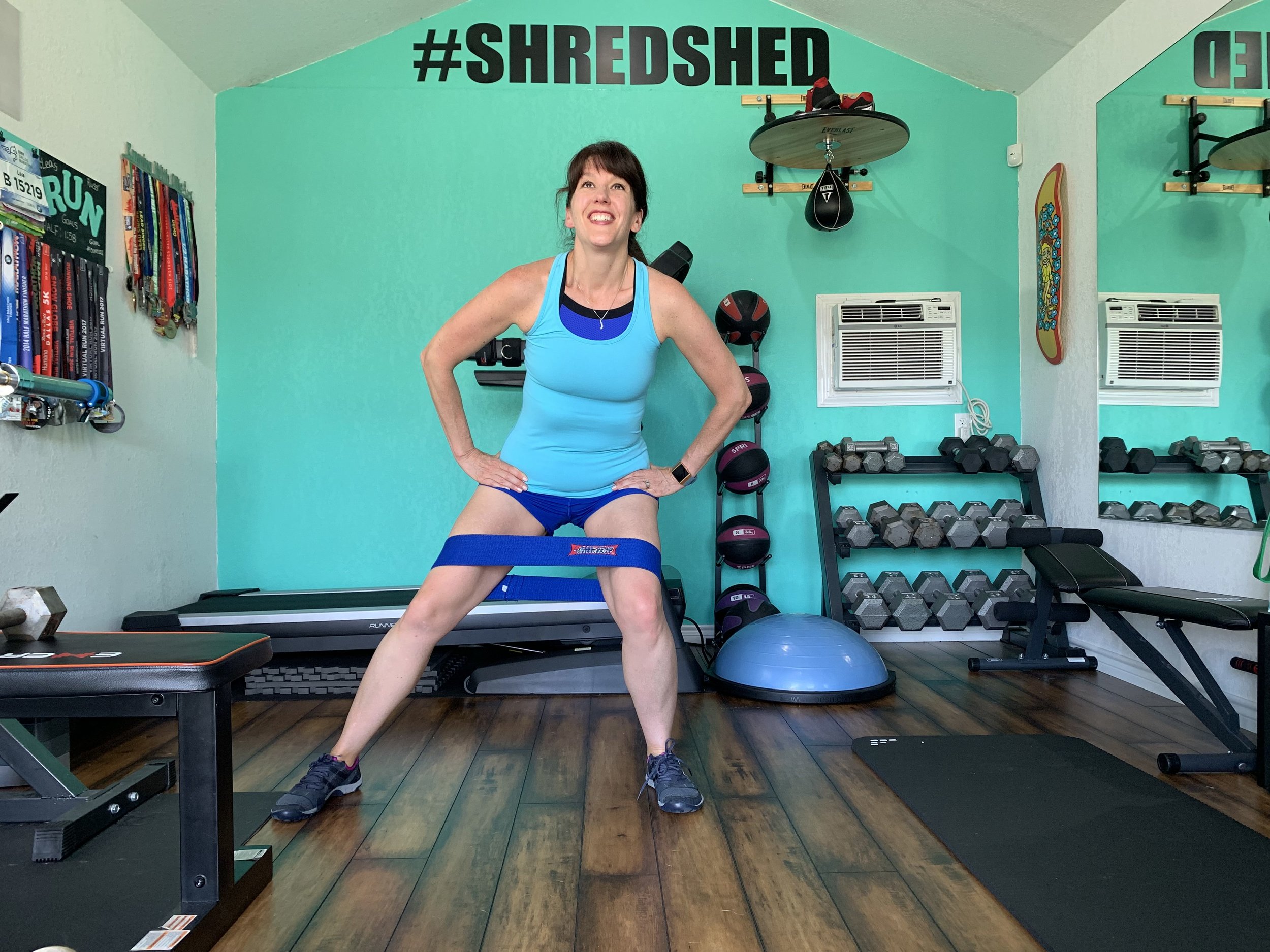












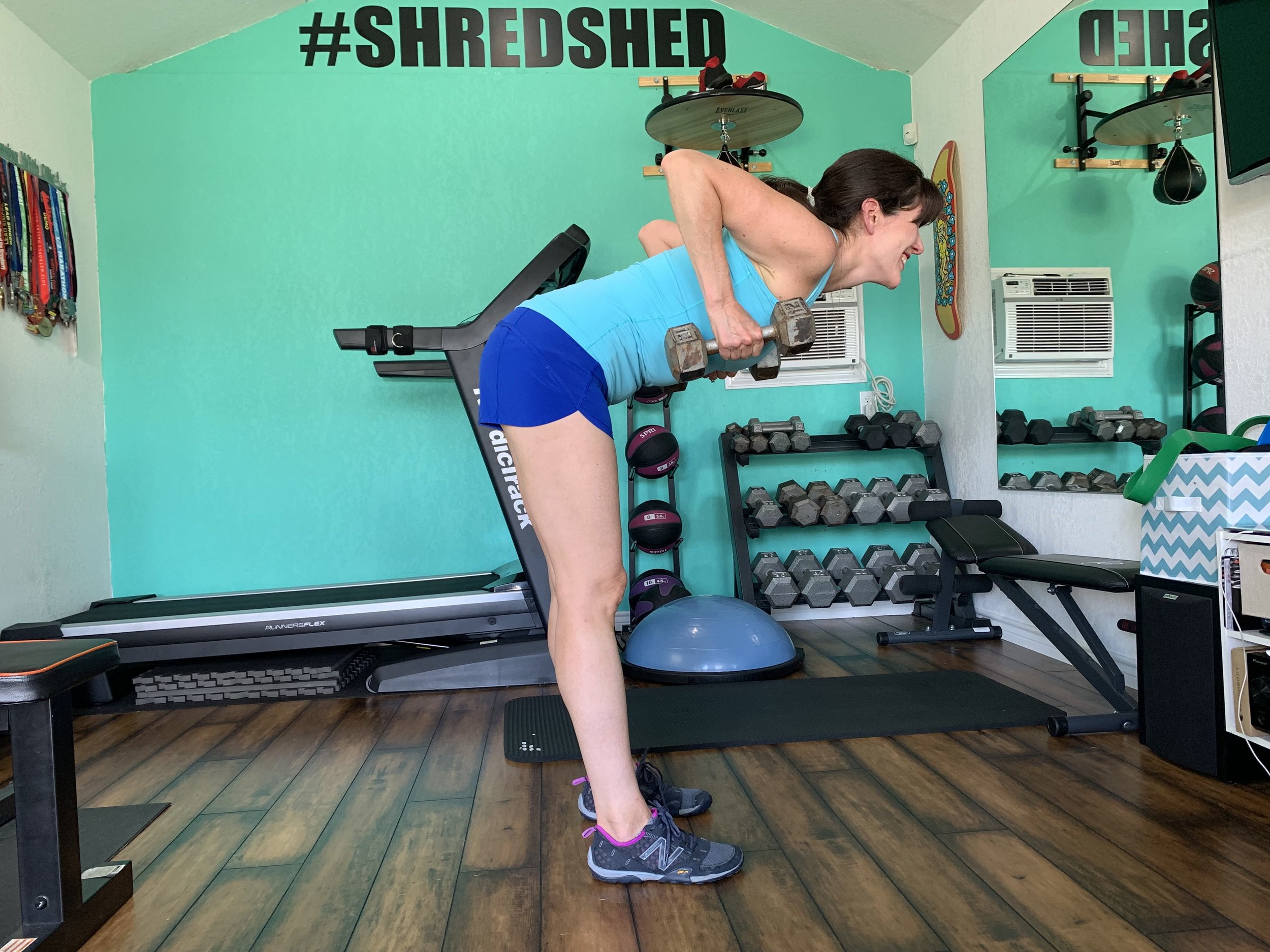







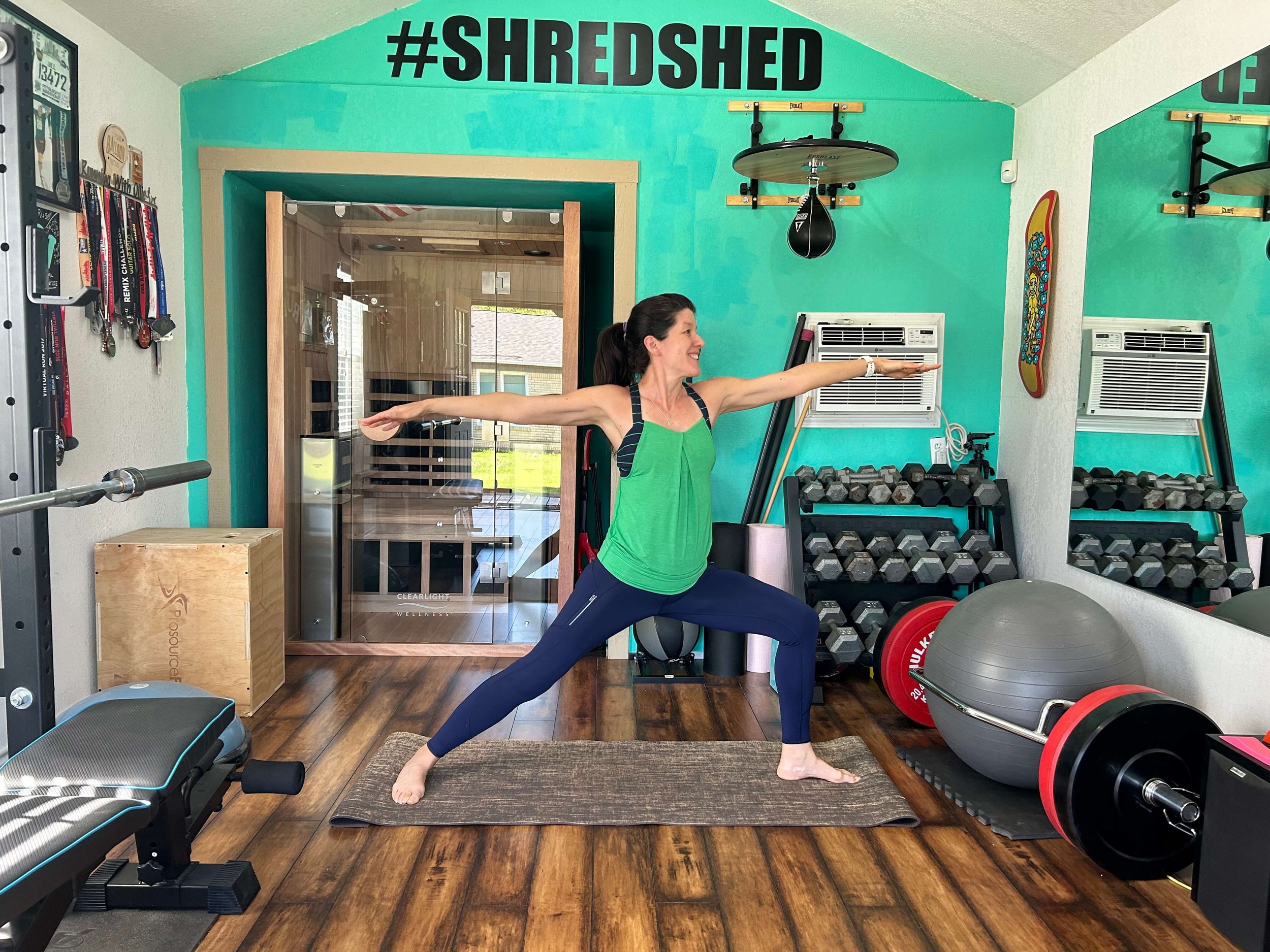







When we “fall back” at the end of Daylight Saving Time, most people think about gaining an extra hour of sleep. Years ago, I wrote about using that hour to restart morning workouts. Now, I see this moment even more clearly. The time change is more than a bonus hour. It creates a natural opening to reset habits, experiment with morning movement, and rethink the stories we tell ourselves like “I’m not a morning person.” Whether you use the extra hour to move your body or catch up on sleep, this season is a chance to rebuild your morning routine in a way that fits your life.